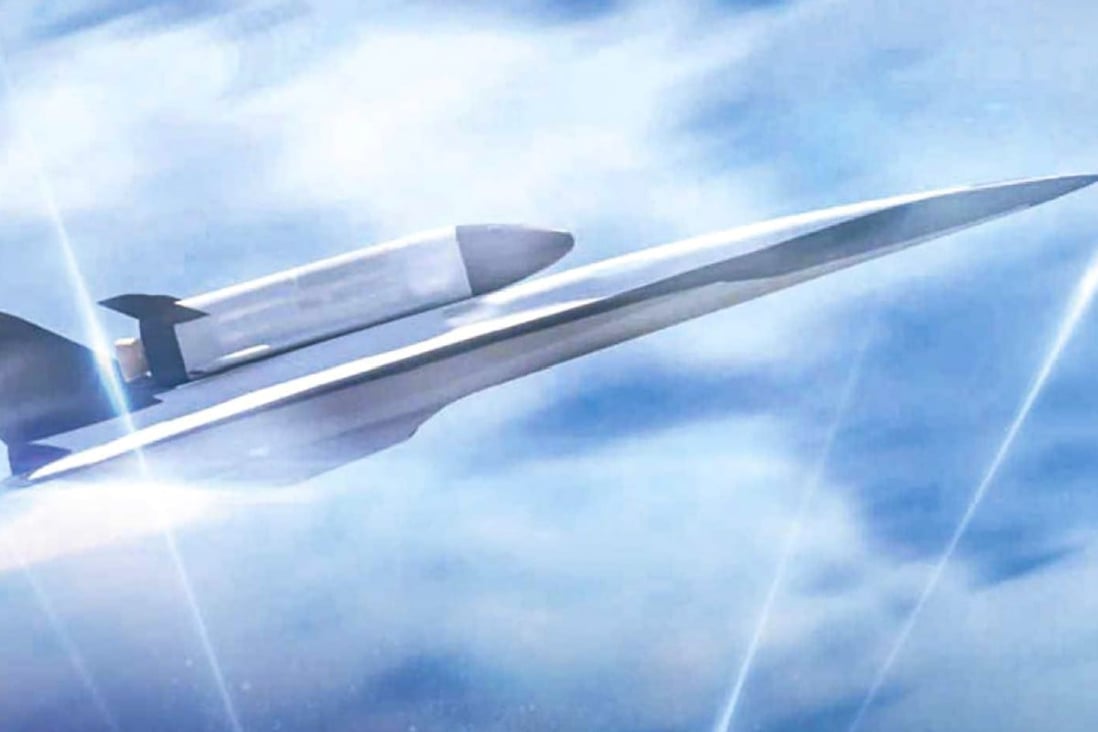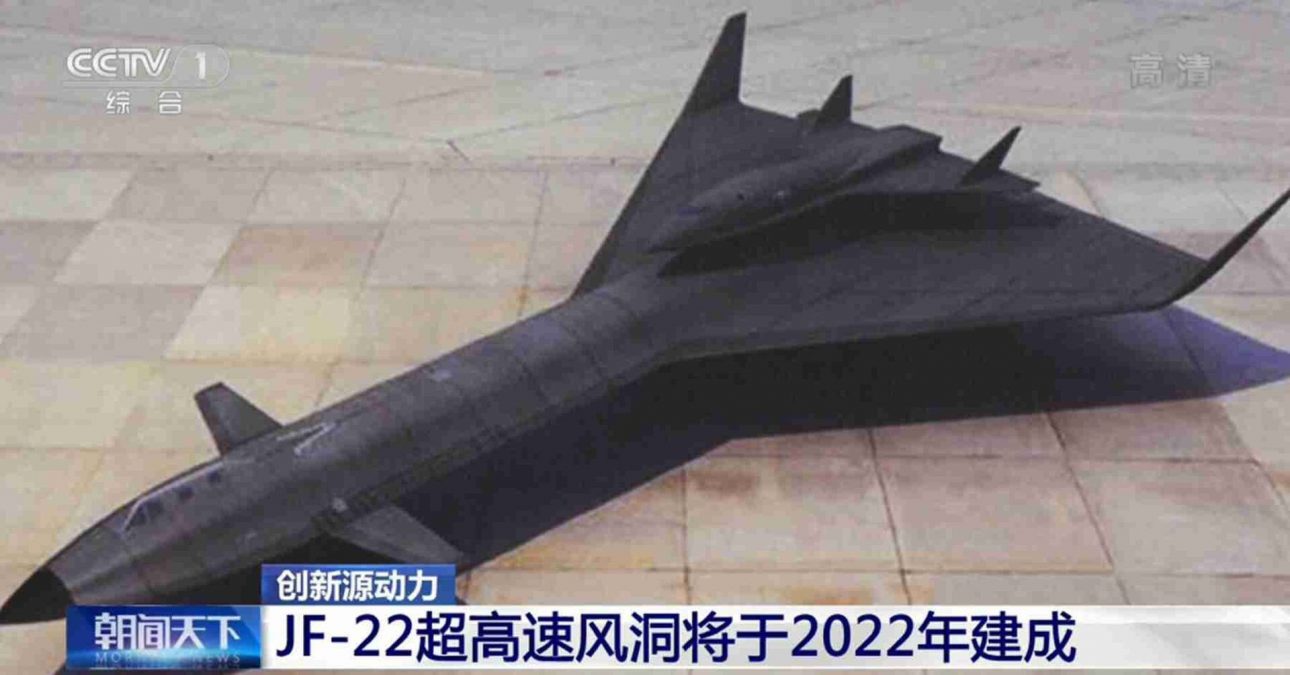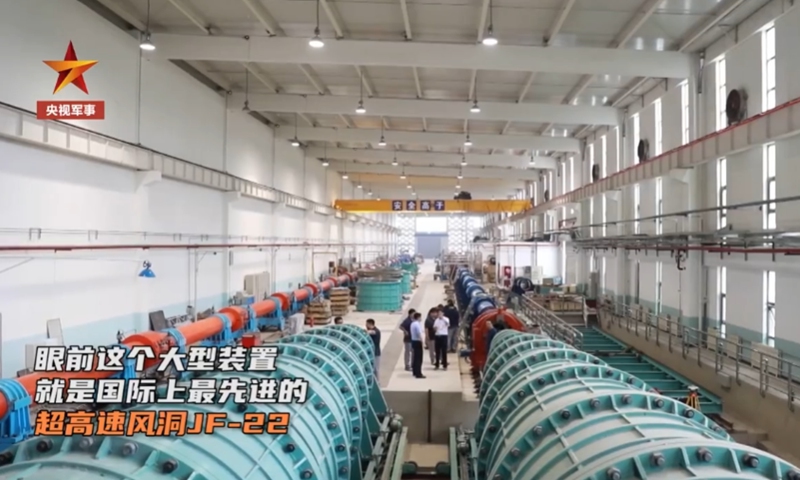Marking a significant step in China’s efforts to develop an operational hypersonic jet, scientists have claimed that they are working on an air-breathing engine that can propel a jet or missile at five times the speed of sound (6,174 kmph) or faster by producing thousands of explosions per second.
“Trampoline Is Working” — Elon Musk’s Classical Reply To Russian Space Chief Who Threatened To Cut NASA From ISS
Chinese researchers say that their air-breathing engine, which is powered by low-cost hydrocarbon fuel explosions, achieved stable operation during a simulated hypersonic test flight, according to Chinese media reports.
This technique could destroy an engine because the explosions unleash a large quantity of energy quickly and uncontrollably.
However, the China Aerodynamics Research and Development Centre in Mianyang, Sichuan province, claims that its rotating detonation engine, which produces thousands of explosions per second, could propel a plane or missile at five times the speed of sound or faster.

The rotating detonation engine could provide both velocity and fuel economy in the future. The detonation chamber of the engine is a thin, hollow cylinder (or, to be more precise, the thin, hollow space between two concentric cylinders).
Similarly, the report, which outlined the mechanism of the engine, noted that the mini-explosions take place in a small space between two metal cylinders filled with ethylene or kerosene vapor. Shock waves from the explosions circulate in a spiral pattern through the circular chamber, providing a tremendous thrust as they exit the engine.
Caught ‘Red-Handed’ – Australia Accuses China Of Military Aggression As PLA Navy Spy Ship Gets Intimidating Close
In an article published in the peer-reviewed Chinese-language Journal of Experiments in Fluid Mechanics, lead author Wang Chao noted that when the engine’s performance was regulated during the latest test flight, “it produced a faintly blue, transparent flame.”
According to the report, previous computer modeling has shown that a spinning detonation engine can produce 50% higher fuel efficiency than a jet engine, where fuel burns under full control but considerably more slowly.

Why Are Chinese Scientists Using Hydrocarbon Fuel?
In the 1950s, Soviet scientists floated the concept of launching rockets into orbit using an engine fueled by explosions. Chinese military experts have achieved notable successes in the field, including discovering a means to create an “eternal flame” in an engine to help it withstand blasts in the last few years.
In recent decades, many prototypes have been developed, largely by the military, but the majority of them have been unstable in operation.
The ones that were successful used hydrogen as a fuel. However, a massive fuel tank with a sophisticated cooling facility is required to store liquid hydrogen, making it unsuitable for most military applications.
On the other hand, Hydrocarbon fuel is less expensive and easier to handle, but its vapor is more difficult to create and ignite. The difficulty rises with speed as the incoming air becomes so hot that it can create an early explosion, choking the engine.

As a result, it is widely assumed that a rotating detonation engine cannot work at hypersonic velocity.
In the case of the Chinese researchers, the new engine was tested on the ground, simulating a low-altitude flight at Mach 5. The initial shock waves caused quick spins and generated further explosions, some of which went in the opposite direction of the incoming air.
The researchers also discovered that the engine required significantly more fresh air to maintain a stable functioning than normal combustion — with less air, it backfired and sent out a purple flame several meters long from the exhaust.
The Chinese team also tested operating it on kerosene and ethylene vapor — the kerosene explosions were more difficult to manage – but both hydrocarbons normalized after some alterations.

By 2035, Chinese space authorities hope to have a hypersonic jet operational, capable of transporting passengers to any location on the earth in an hour or two, as previously reported by the EurAsian Times. However, the scramjet engines required to power such a plane or weapons can only operate at Mach 4 or greater.
As a result, the initial stages of the flight would be powered by a rocket or jet engine, giving it a sophisticated but inefficient technology.
The report said that China has spent a lot of money developing detonation technology to use with scramjet engines for a more cost-effective hypersonic flight. However, China is not the only country that is trying to employ this technology.
Eying A $1 Trillion Industry, ‘Resource-Hungry’ China Rapidly Increasing Tech For Asteroid Hunting
In the past, NASA and the European Space Agency have already undertaken ground tests to investigate the nature of spiral shock waves in confined spaces. Both the Department of Energy and NASA have also reportedly financed research in this area.
Last year, during a test flight in Poland, a miniature rocket powered by similar explosions reached an altitude of 450 meters. Tsinghua University researchers tested a larger rocket with a revolving explosion upper stage utilizing hydrogen fuel in China in January.
- Contact the author at ashishmichel@gmail.com
- Follow EurAsian Times on Google News




